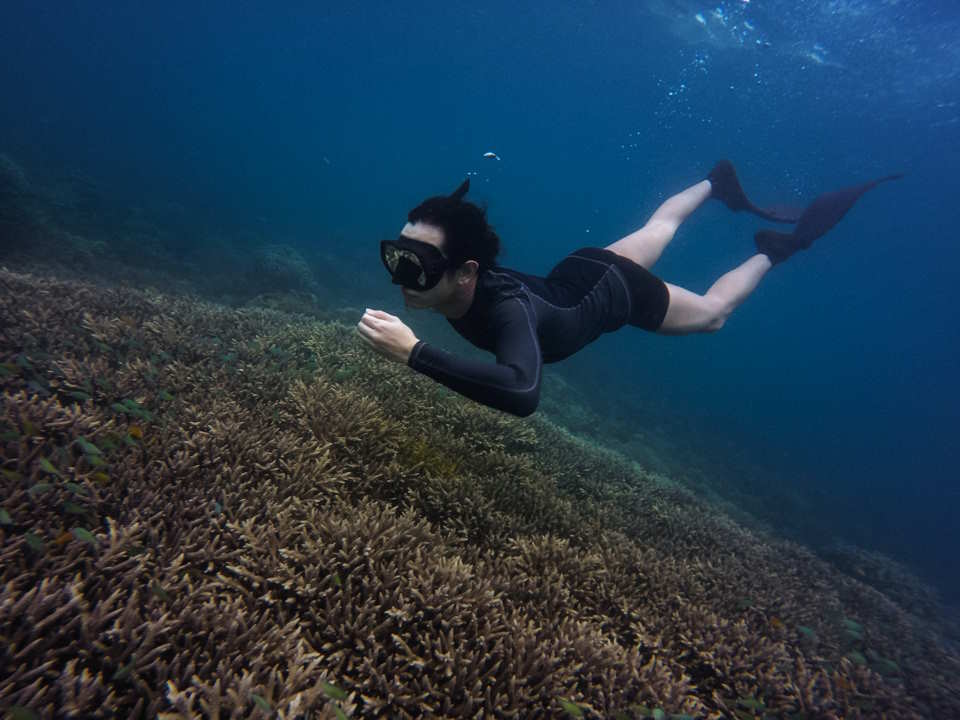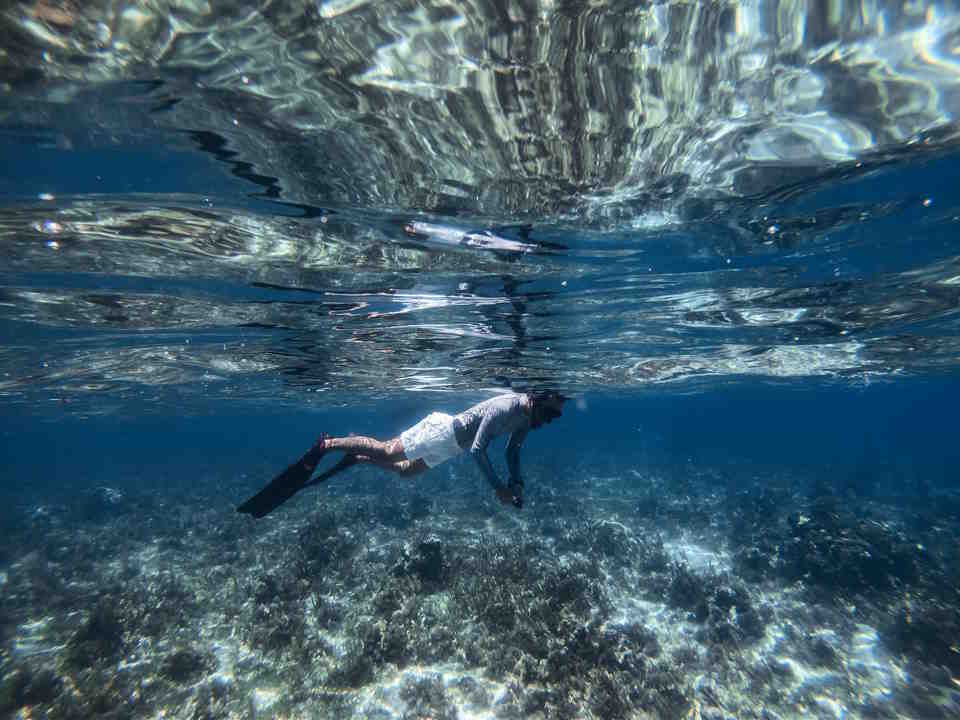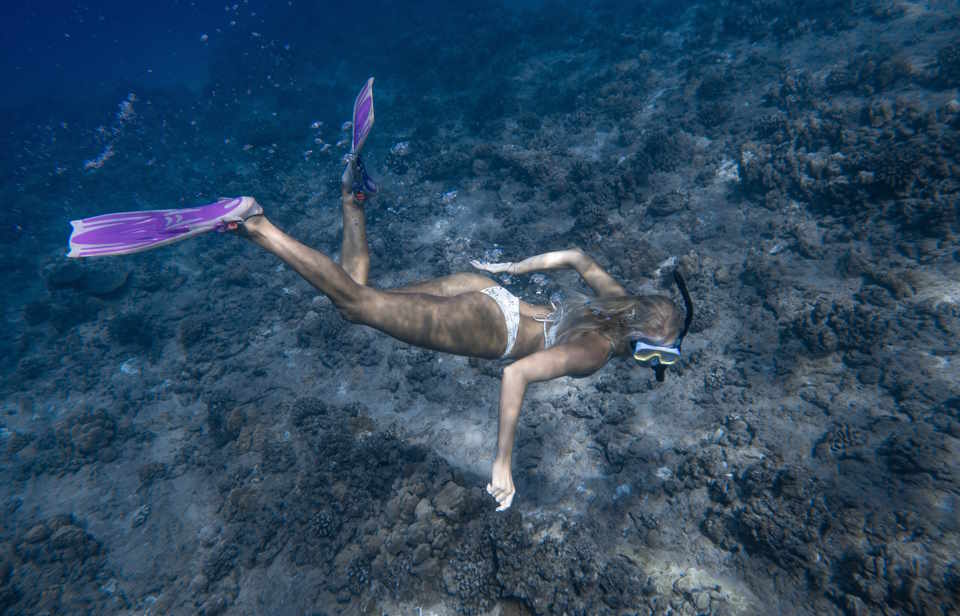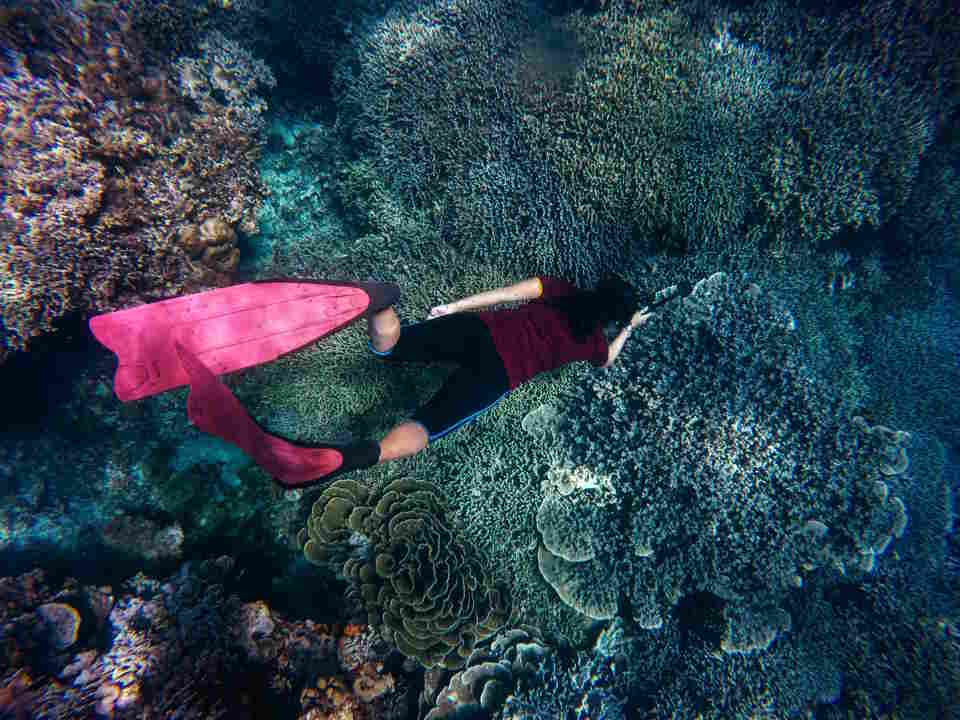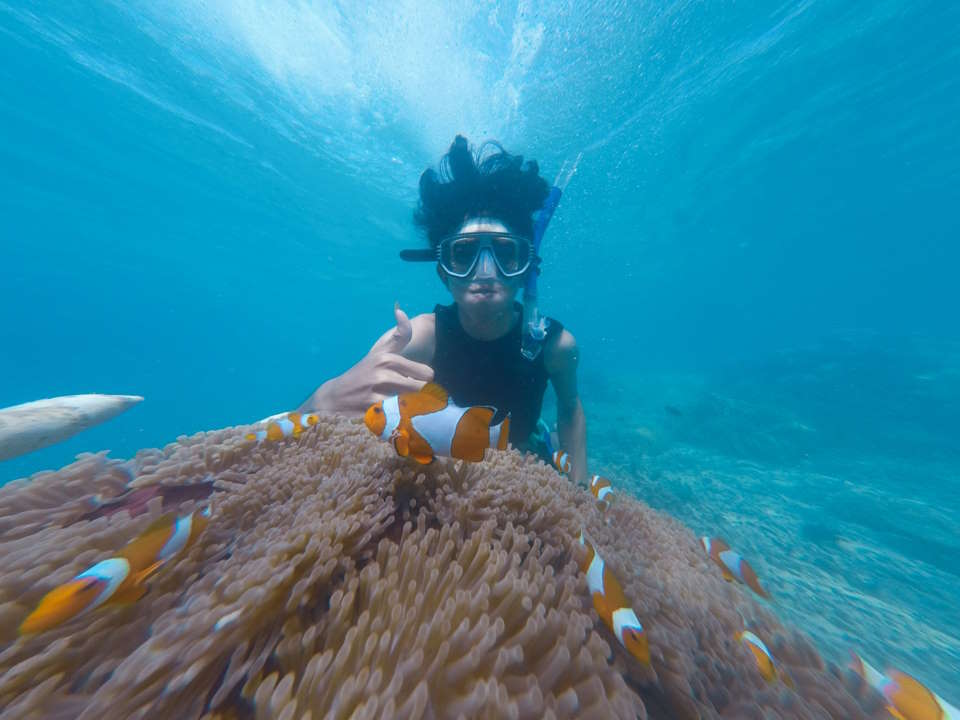As snorkeling becomes popular among adventurous individuals, it’s important to know how to properly care for your snorkel gear. The last thing you want is to jump into the blue waters and realize your equipment is dirty or moldy. We’ll talk about how to clean snorkel gear, including rubber snorkels. We’ll also give some tips on cleaning moldy snorkel gear, how often you should clean your gear, and why your snorkel may have turned yellow. Let’s dive in!
Introduction
Snorkeling is a favorite activity for many people, especially during vacation. However, after using the snorkel gear, it gets dirty and needs to be cleaned. Cleaning the snorkel gear is essential for a better experience while snorkeling. We will provide a step-by-step guide on how to clean snorkel gear.
Cleaning Materials Needed:
- Bowl or sink
- Warm water
- Vinegar
- Baking soda
- Clean cloth
- Toothbrush
Steps to Clean Snorkel Gear:
- Detach the snorkel from the mask by twisting it and pulling out.
- Rinse the snorkel tube with warm water to remove any dirt or sand.
- Fill a bowl or sink with warm water and add 1/4 cup of vinegar.
- Submerge the snorkel tube in the bowl or sink with the vinegar solution for about 30 minutes.
- Remove the snorkel tube from the bowl and rinse it with warm water to remove the vinegar solution.
- Mix baking soda and water to form a paste. Apply the paste to the mouthpiece and use a toothbrush to scrub it gently.
- Rinse the mouthpiece with water to remove the baking soda solution.
- Use a clean cloth to wipe the snorkel and let it air dry.
Important Tips:
| Do’s | Don’ts |
|---|---|
| Do clean the snorkel gear after every use. | Don’t use harsh chemical solutions. |
| Do air dry the snorkel gear. | Don’t use high-pressure water or hot water to rinse the snorkel gear. |
| Do store the snorkel gear in a dry and cool place. | Don’t leave the snorkel gear exposed to direct sunlight. |
By following these simple steps, you can clean your snorkel gear and maintain it in good condition. Proper cleaning and maintenance of your snorkel gear will ensure a great snorkeling experience for many years to come.
How Do You Clean a Rubber Snorkel?
A rubber snorkel is a great piece of equipment for exploring the underwater world. It is durable, long-lasting, and can withstand the harsh saltwater environment. However, like any other equipment, it requires regular cleaning to ensure it stays in good condition.
- Start by rinsing the snorkel with clean water to remove any loose dirt or debris that may have accumulated on the surface.
- Add a small amount of mild dish soap to a bucket of water.
- Soak the snorkel in the bucket of soapy water for a few minutes. Use a soft-bristled brush to gently scrub the surface of the snorkel, paying extra attention to the mouthpiece and the areas where the snorkel bends.
- Rinse the snorkel thoroughly with clean water to remove any leftover soap residue.
- Inspect the snorkel for any visible signs of damage. If you notice any cracks, holes, or tears, do not use the snorkel and replace it immediately.
- Finally, hang the snorkel to dry completely before storing it in a dry, cool place away from direct sunlight and heat sources.
It is important to note that you should avoid using any harsh chemicals or abrasive materials when cleaning a rubber snorkel. These can cause damage to the surface of the snorkel and affect its performance. Additionally, make sure to clean your rubber snorkel after each use to prevent the growth of mold and bacteria, which can cause foul odors and respiratory problems.
| Do: | Rinse the snorkel after each use to remove any saltwater or sand that may have accumulated inside. |
|---|---|
| Store the snorkel in a cool, dry place away from sunlight and heat sources. | |
| Replace your rubber snorkel if you notice any visible signs of damage or wear and tear. | |
| Don’t: | Use harsh chemicals or abrasive materials when cleaning your rubber snorkel. |
| Leave your snorkel wet and damp for an extended period of time. |
How Do You Clean Moldy Snorkel Gear?
All avid snorkelers know how important it is to keep their gear clean. However, sometimes life gets in the way, and we forget to rinse our snorkels and leave them in a damp bag. This can lead to mold and mildew growing in the vents, making it difficult to breathe and leaving an unpleasant smell.
- First, take apart your snorkel and rinse it with warm water. Remove any debris or sand that may be lodged inside the vents.
- Next, mix a solution of one part vinegar and two parts water in a container. Soak the snorkel for at least an hour to kill any mold or mildew that may be lurking inside.
- After soaking, rinse the snorkel thoroughly with warm water to remove any remaining vinegar solution.
It is important to note that bleach should not be used to clean your snorkel gear as it can damage the rubber. Additionally, avoid using any harsh chemicals as they can be harmful to the environment when rinsed off in the ocean.
| Pros | Cons |
|---|---|
| Easy to clean | May take multiple rounds of cleaning to fully remove mold |
| Uses natural cleaning solution | Not suitable for those who prefer a chemical cleaning solution |
| Quick to set up and soak | Requires time to soak in vinegar solution |
How Often Should You Clean a Snorkel?
If you’re a frequent snorkeled, you’re probably familiar with how important it is to keep your snorkel gear clean. Not only does it help you breathe easier, but proper cleaning also extends the life of your gear. One question many people have is how often they should be cleaning their snorkel. The answer is actually quite simple: after every use.
After you finish snorkeling, it’s important to rinse your gear off thoroughly with fresh water. This helps remove any salt, sand, or other debris that may have accumulated during your swim. Once you’ve rinsed your gear, you should let it air dry completely before storing it. Doing this after every use will help prevent any mold or mildew from forming.
However, even if you rinse your gear after every use, it’s still recommended that you give it a more thorough cleaning every few uses. This involves using a mild soap or detergent to clean the inside of your snorkel, as well as any other parts that may have come into contact with your mouth or nose. Be sure to rinse everything thoroughly with fresh water after cleaning.
- Remember, skipping on cleaning your snorkel regularly can lead to some pretty unpleasant consequences.
- If you don’t clean your snorkel, mold and bacteria can grow inside, potentially causing illness.
- Additionally, if you let salt and sand accumulate on your gear, it can cause wear and tear, shortening the lifespan of your equipment.
Why Did My Snorkel Turn Yellow?
Do you love snorkeling, but feel embarrassed by your yellow colored snorkel? A clean and clear snorkel gear is essential for a good snorkeling experience. However, many scuba divers and snorkelers face the problem of a yellowed snorkel gear.
One reason that your snorkel gear may turn yellow is due to sun exposure. The harmful UV rays of the sun can cause discoloration and yellowing of the plastic material of your snorkel. Exposure to excessive heat can also lead to yellowing of the material of your snorkel gear. Therefore, it is essential to store your snorkeling gear in a cool and dry place.
- To prevent sun exposure, you can keep your snorkel in a bag when not in use
- You can also keep the snorkel in a shaded area while on the beach and at other times when not in use
In addition to UV rays, chlorine and other chemicals present in swimming pools and ocean water can also lead to yellowing of your snorkel gear. These chemicals can attack the plastic material of the snorkel gear and lead to discoloration and yellowing of the material over time.
It is essential to clean your snorkel gear regularly to prevent yellowing. You can use mild detergent and warm water to clean your snorkel gear. Avoid using harsh chemicals, as they can damage the plastic and lead to further discoloration. After cleaning, make sure to rinse your snorkel gear thoroughly and store it in a cool and dry place.
| DO | DON’T |
|---|---|
| Store in a cool and dry place | Store in direct sunlight or heat |
| Use mild detergent and warm water for cleaning | Use harsh chemicals for cleaning |
| Rinse snorkel gear thoroughly after cleaning | Fail to rinse snorkel gear thoroughly after cleaning |
To sum up, yellowing of snorkel gear can be caused by sun exposure, excessive heat, and chemicals present in swimming pools and ocean water. Regular cleaning and proper storage of your snorkel gear can help prevent yellowing and prolong the lifespan of your gear.

